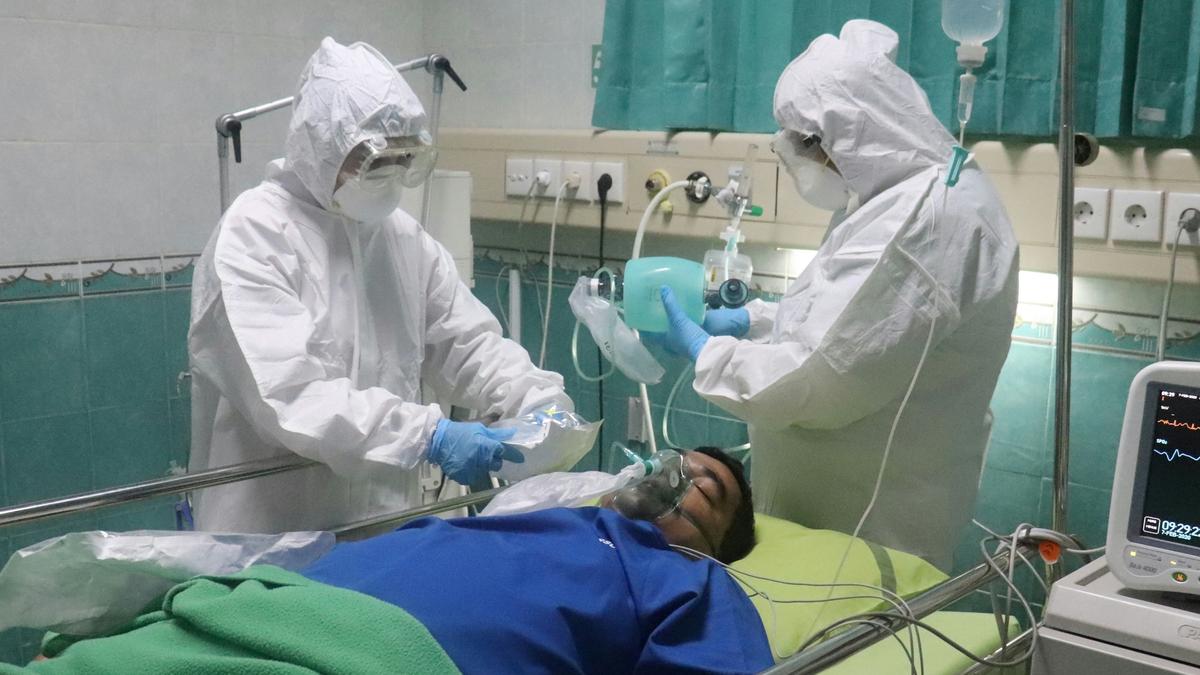Many anaesthetics enhance the production of GABA, the brain’s main inhibitory neurotransmitter.
| Photo Credit: Mufid Majnun/Unsplash
General anaesthesia is a medically induced state that allows doctors to perform surgeries without the patient having pain, awareness or memory. It achieves this by inducing a loss of consciousness, relaxing muscles, and producing amnesia. Anaesthesiologists typically begin with intravenous drugs like propofol to rapidly induce unconsciousness, then maintain it with inhaled gases or continuous infusions. Because these drugs suppress breathing and cardiovascular reflexes, patients are closely monitored and often supported with a ventilator.
Anaesthetics alter communication between nerve cells in the brain. Many enhance the production of GABA, the brain’s main inhibitory neurotransmitter, which damps activity and sedates the person. Others block glutamate receptors, reducing excitatory signalling. The end result is a quiet brain in which sensory signals don’t register pain and memories don’t form.
Yet a question remains: how do such varied mechanisms all produce unconsciousness? Scientists still don’t fully understand how consciousness itself arises or how exactly anaesthesia disrupts it. Some theories suggest that anaesthetics fragment communication between brain regions, preventing the integration needed for awareness. Researchers are also studying why individuals respond differently, why rare cases of awareness occur, and what long-term effects anaesthesia might have.
Published – August 17, 2025 06:30 pm IST
